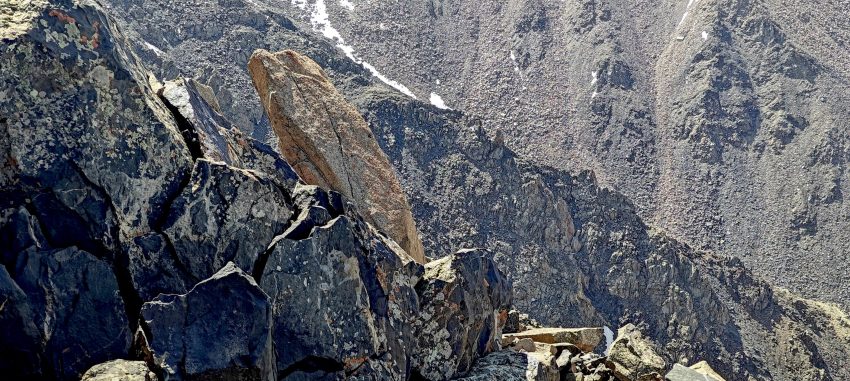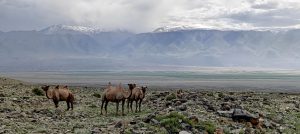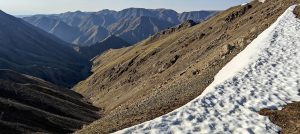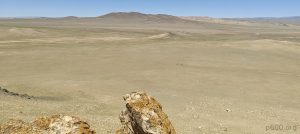Our third ultra-peak adventure looms in the distance, teasing us with its inaccessibility for a simple day hike. We ambitiously seek a path to its steeper inclines, guided by satellite images of elusive car tracks that play a frustrating game of now-you-see-me, now-you-don’t. As twilight descends, we push our vehicle to its limits until the last whispers of 4G signal fade, marking our makeshift trailhead for the night. The promise of a true off-road experience becomes a reality as we prepare to tackle the remaining distance on foot in the morning, where the notion of a “track” becomes generously interpretive.
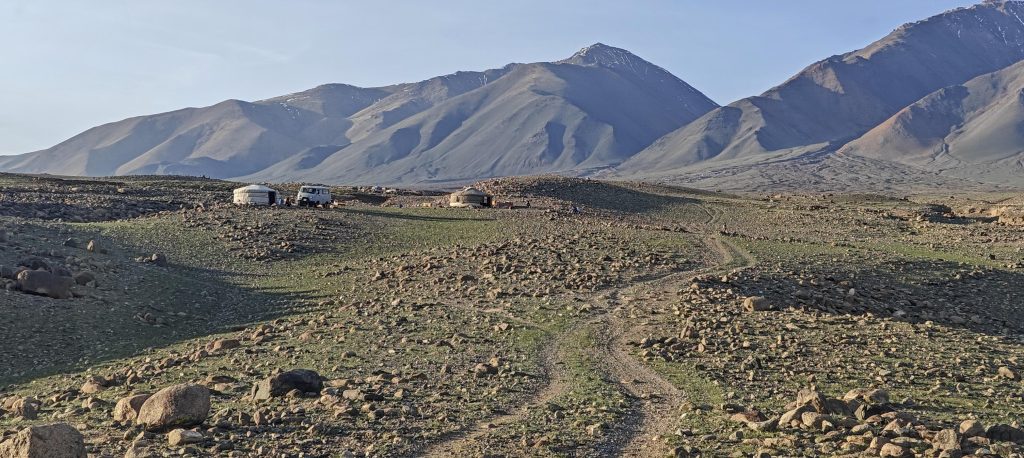
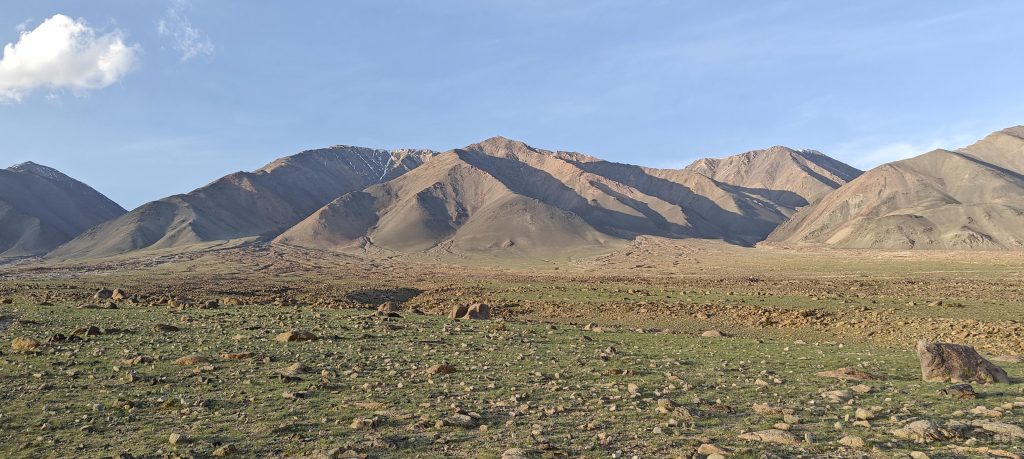
Choosing our route becomes an evening strategy session, with four ridges vying for our attention, each seemingly as inviting as the next. Driven by a default left-to-right bias—okay, not really—we settle on the leftmost ridge, not for its position but for its deceptive simplicity and directness. Despite the snow-capped peak, the summit’s flat profile on our maps reassures us enough to leave our crampons behind, a decision fueled by optimism more than evidence.
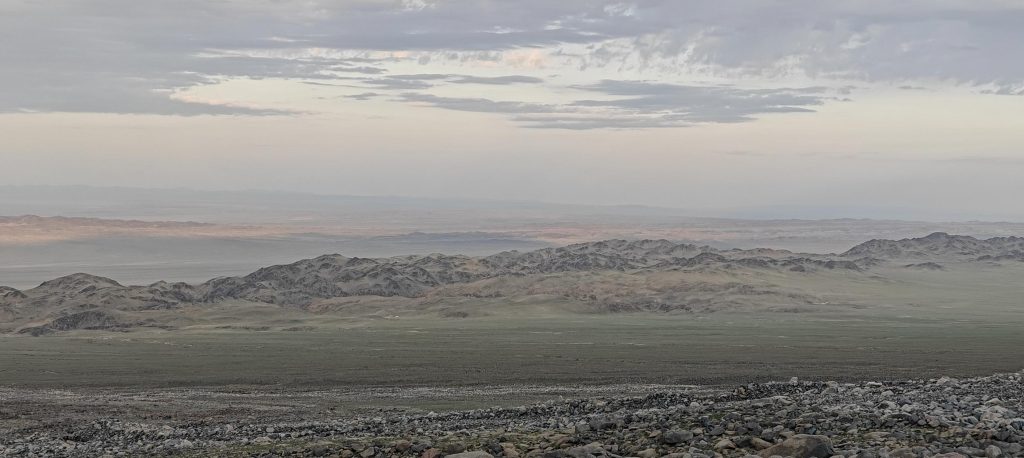
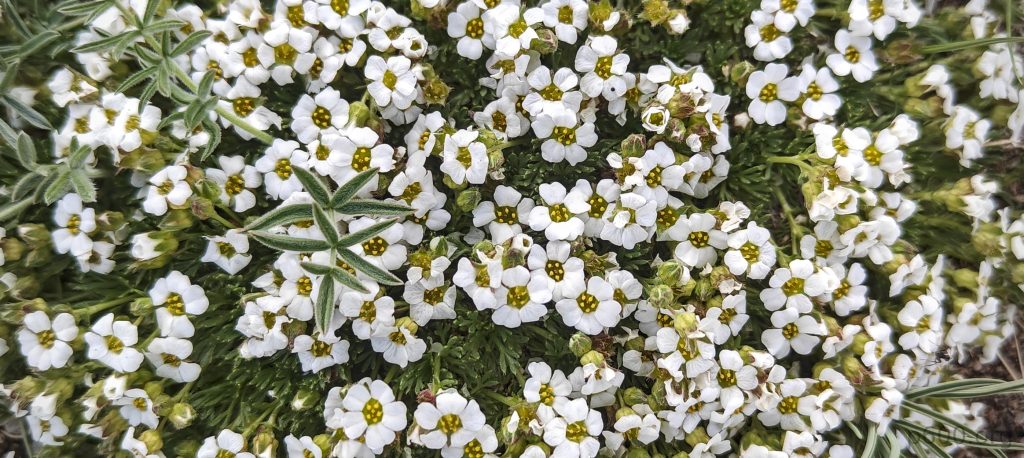
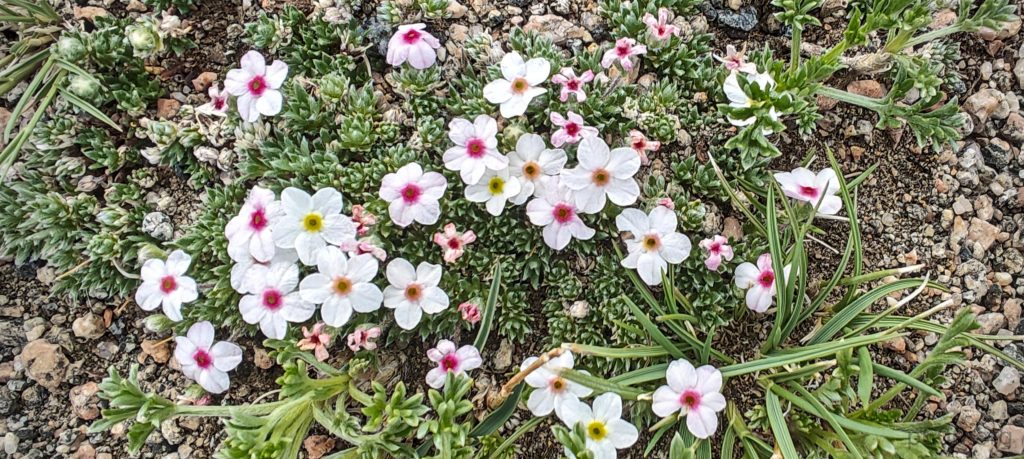
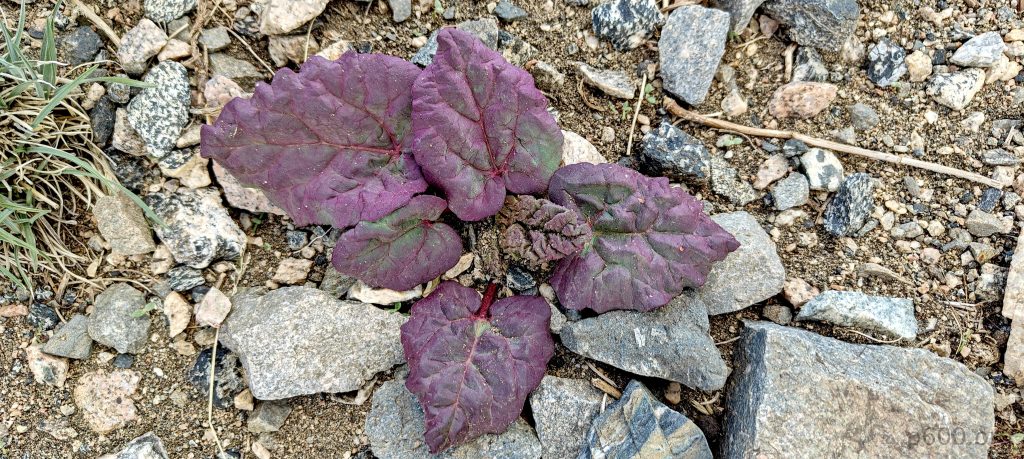
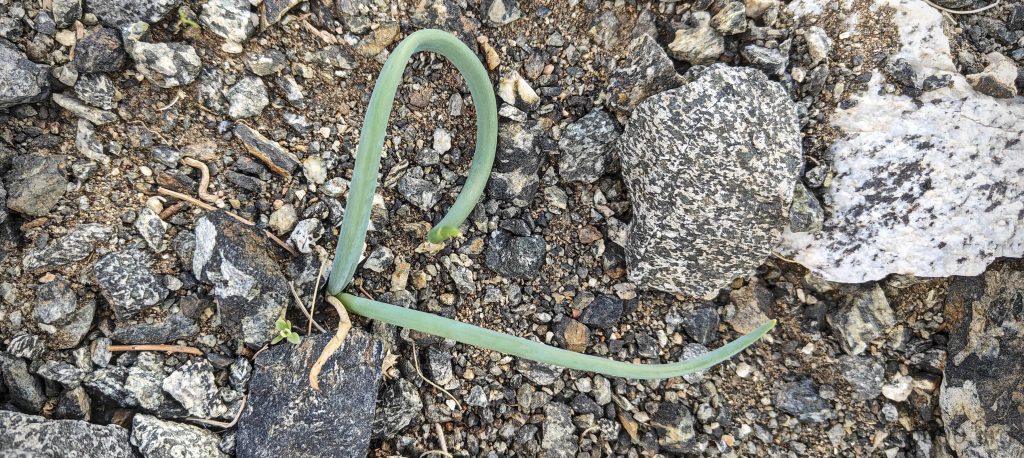
If it looks like onion, if it smells like onion, if taste like onion – it is onion (right)
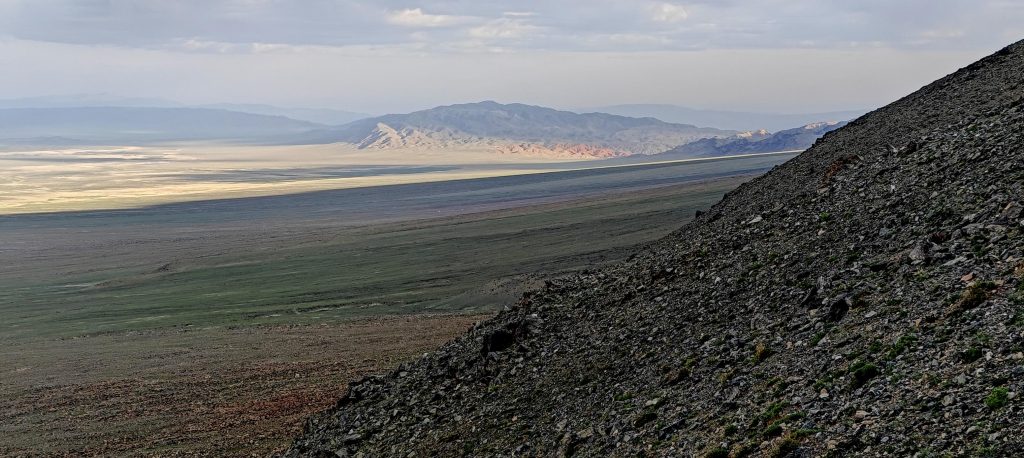
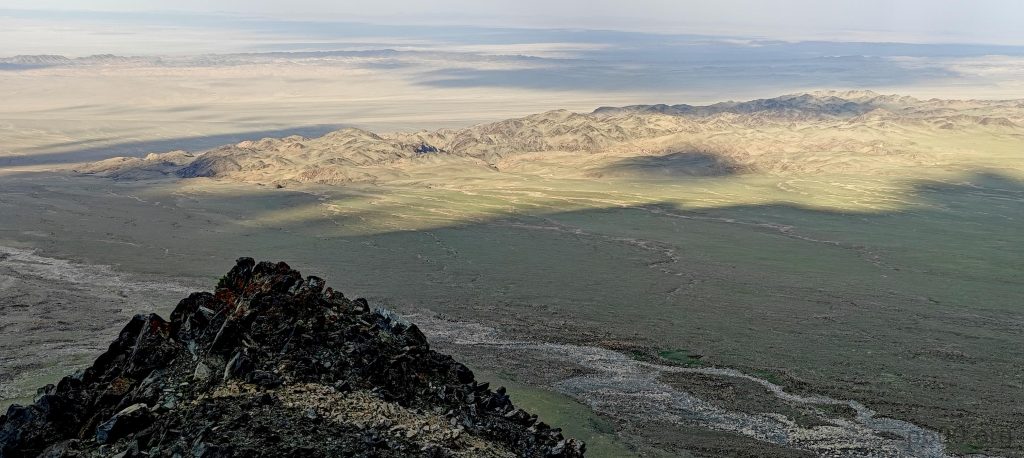

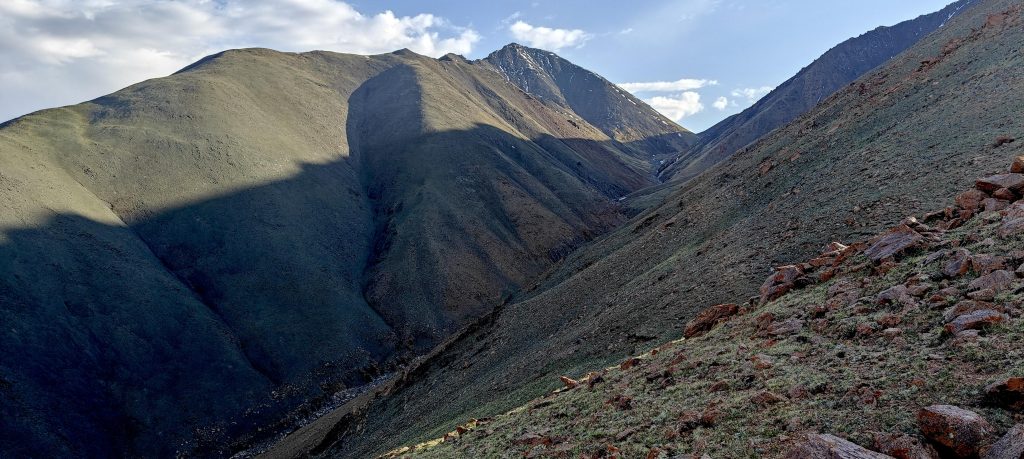
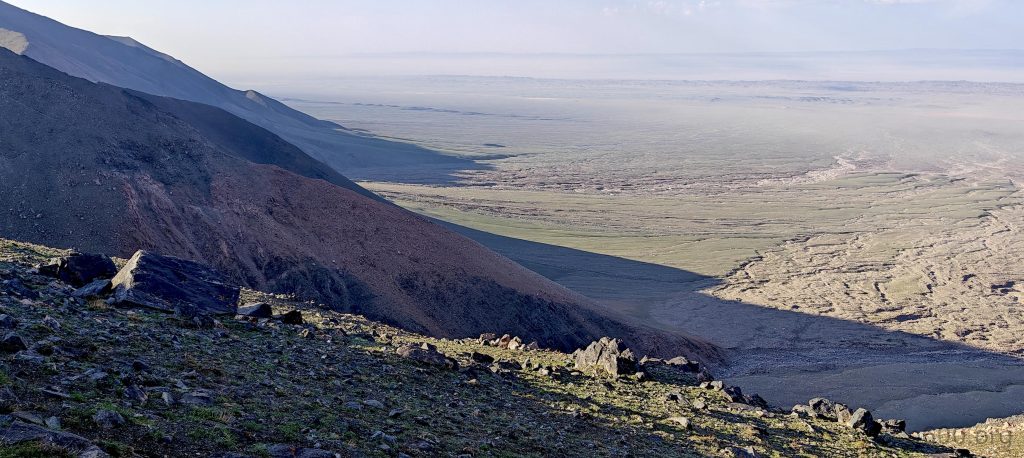
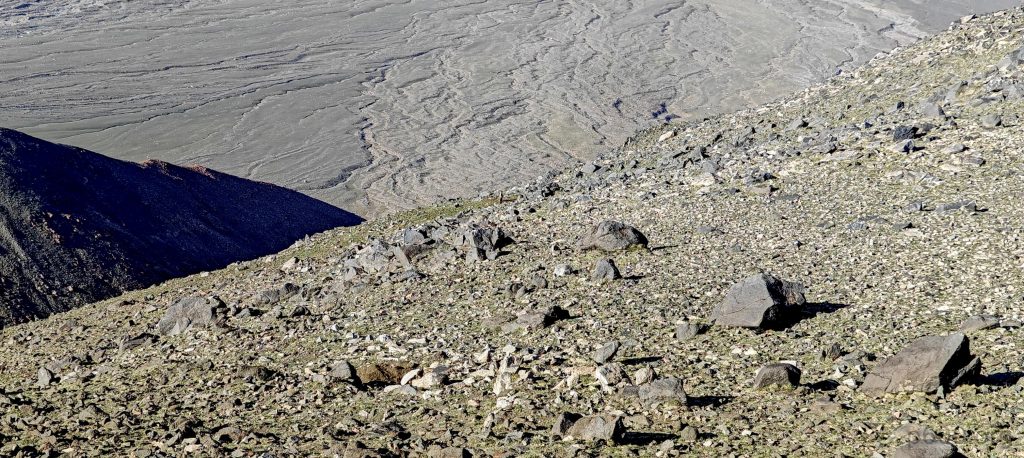
The initial ascent offers a pleasant trek up gradual slopes, but the final approach is anything but gentle, turning into a boulder scramble with sizes varying from mere sports equipment to furniture pieces. Thankfully, the route allows us to sidestep the most precarious maneuvers among the unstable giants.
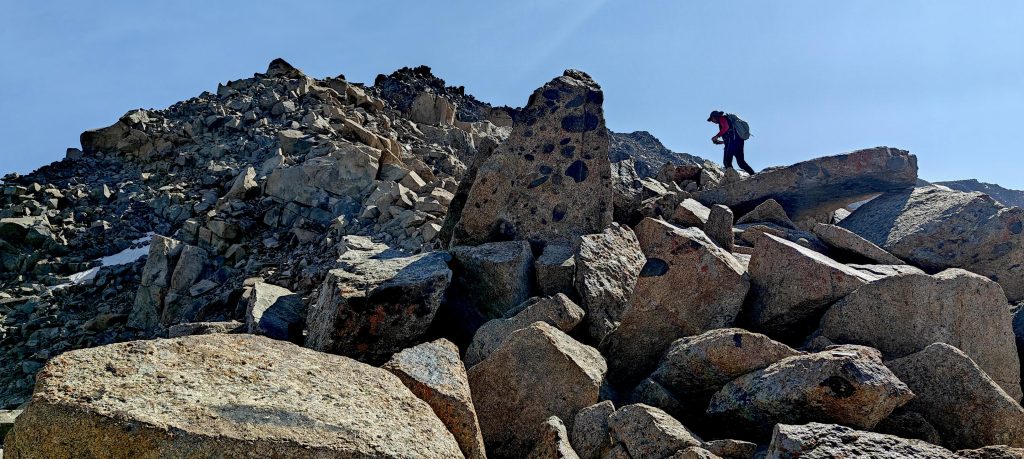
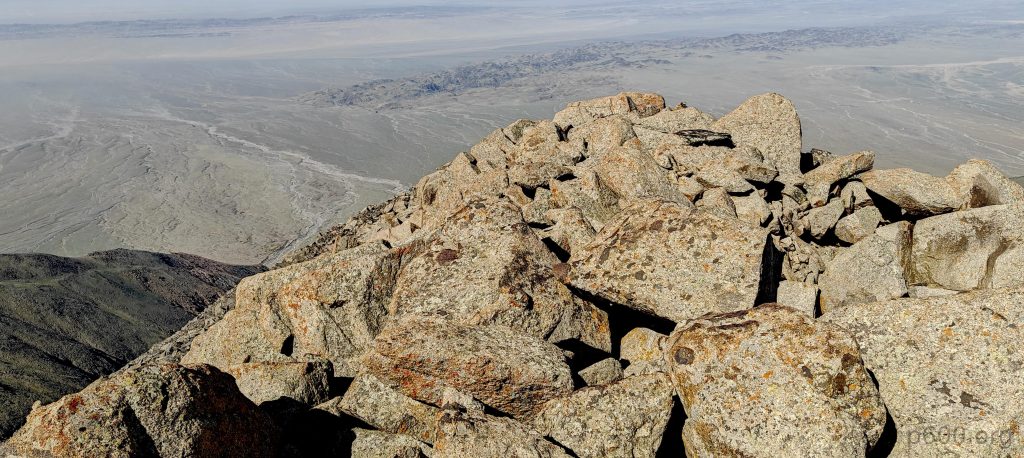
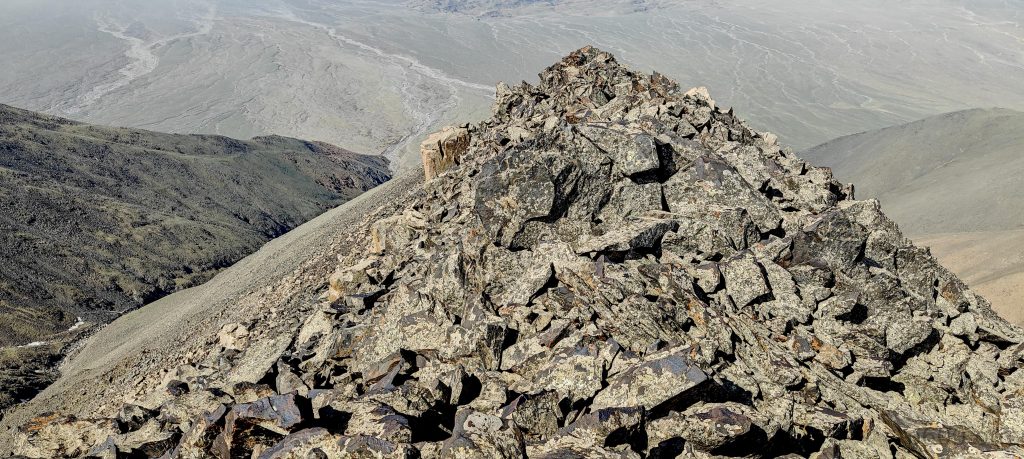
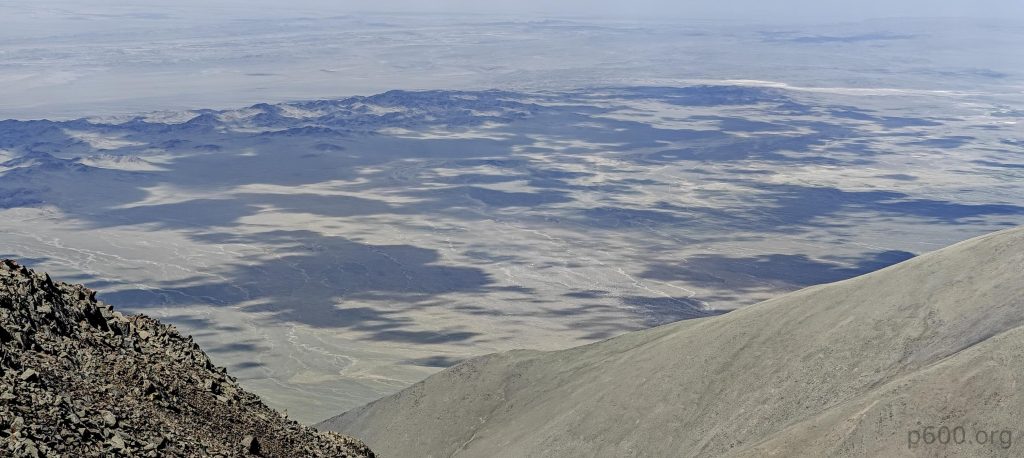

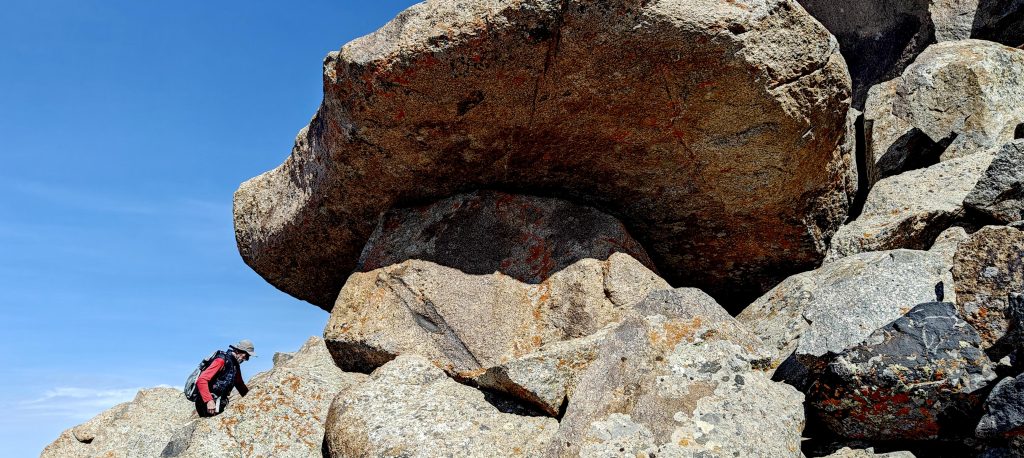
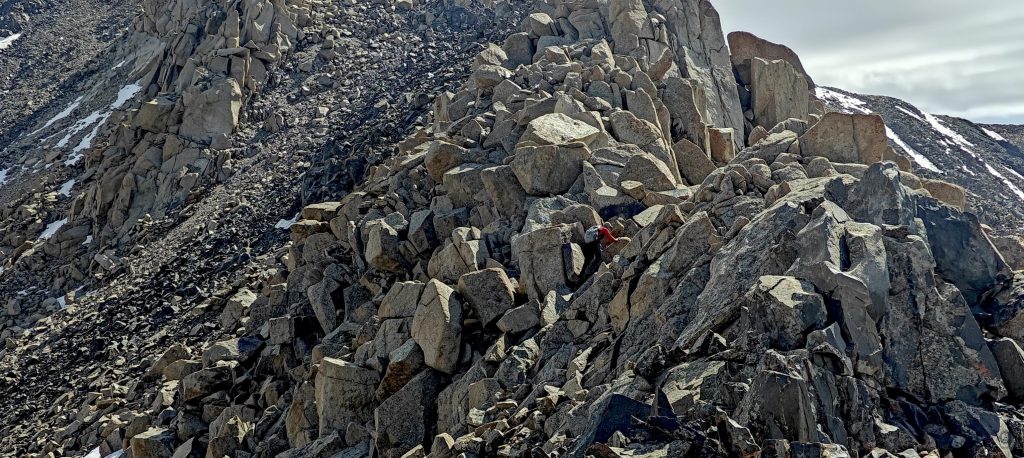
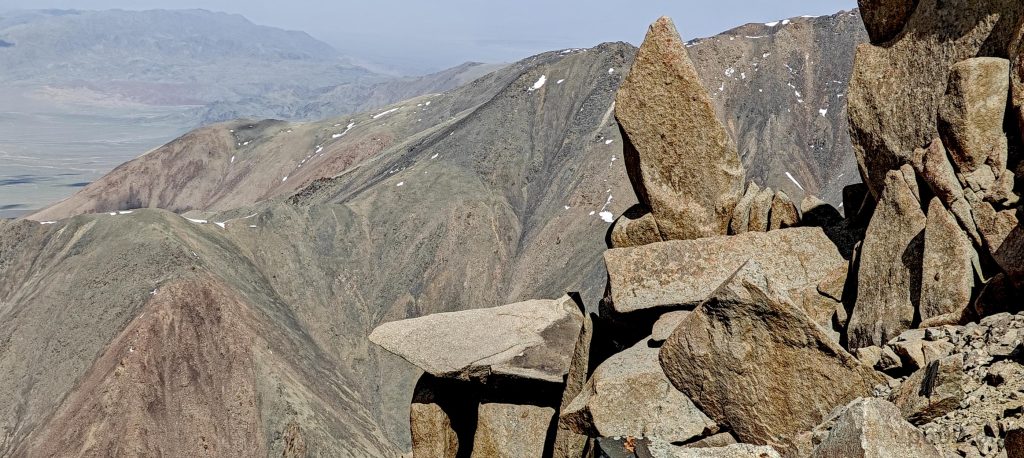
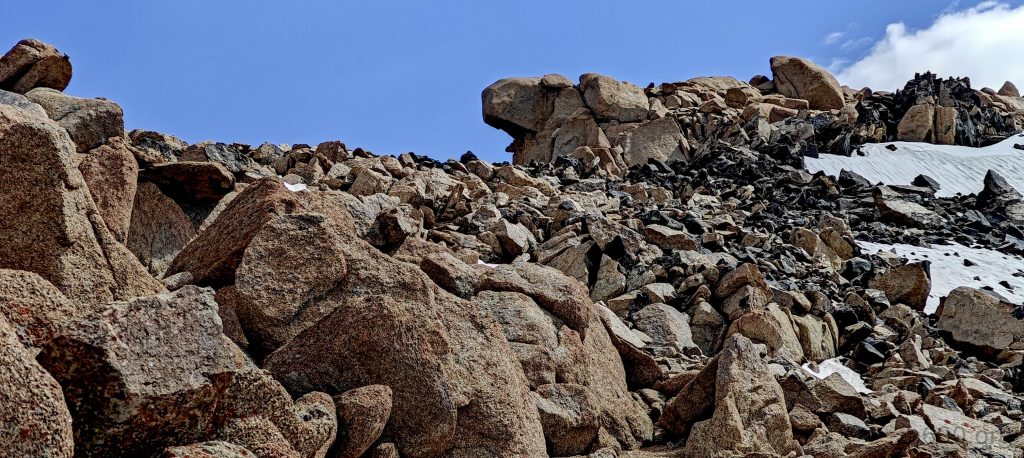
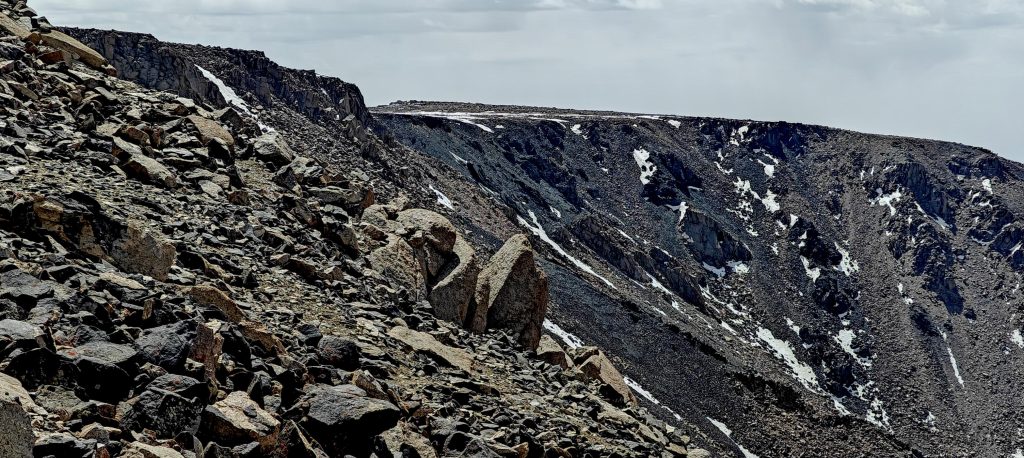
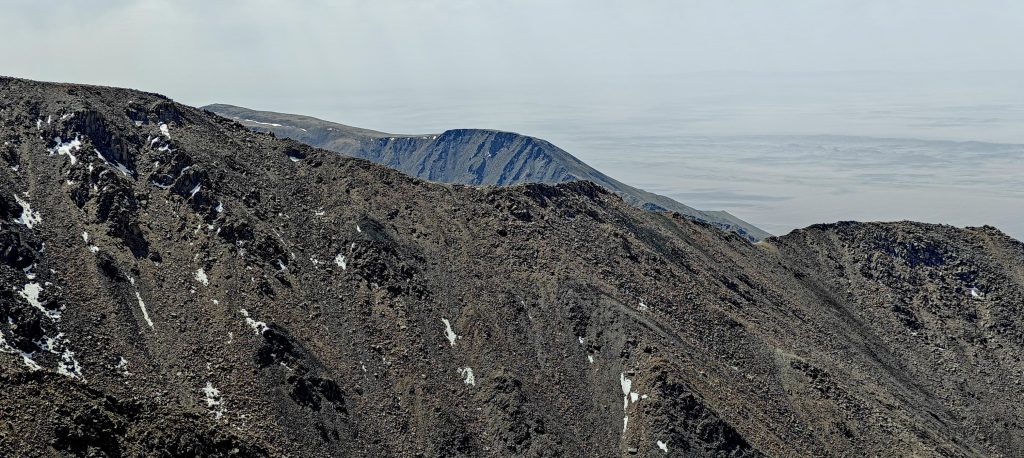
Approaching the summit, we’re met with a vast plateau, its 2×3 km expanse teasingly interspersed with soft snow that refuses to bear our weight, presenting a dilemma of choosing between the lesser of two uneven terrains. Yet, the sight of the summit, adorned with a traditional cairn and fluttering blue fabric, bolsters our spirits for the final push, free of significant barriers.
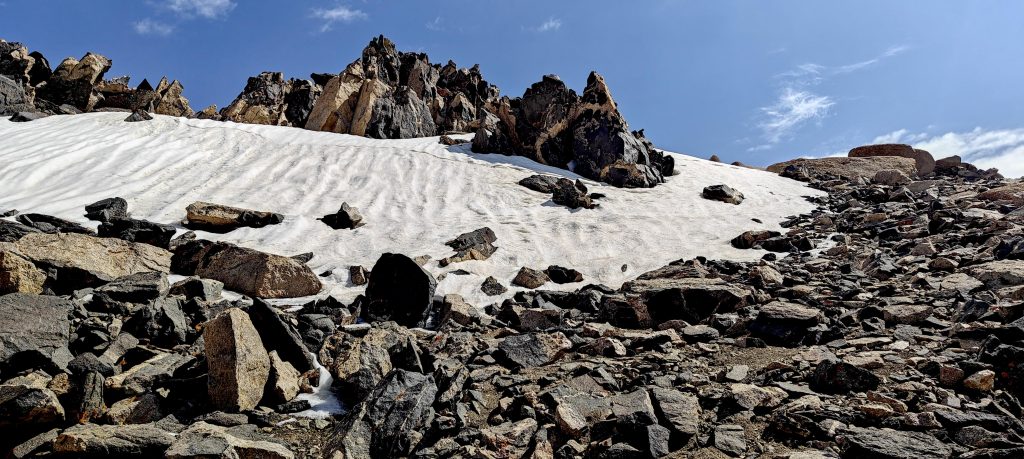
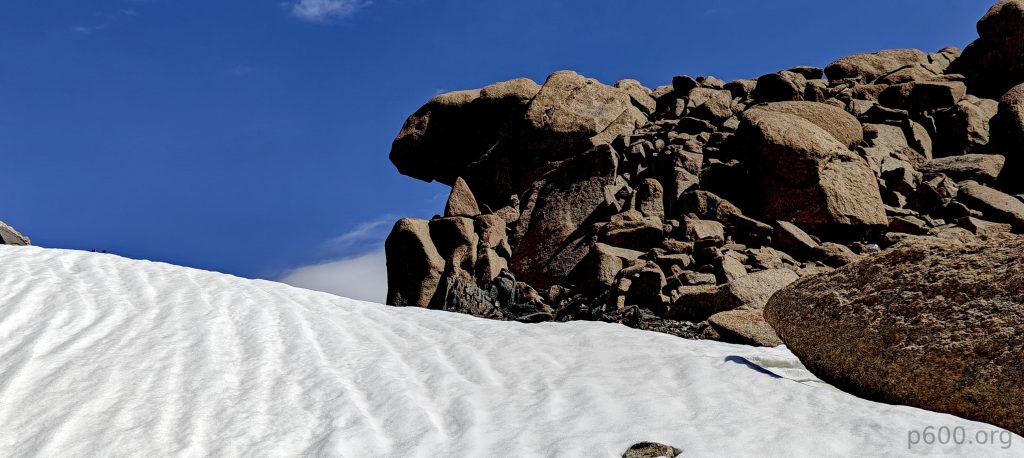
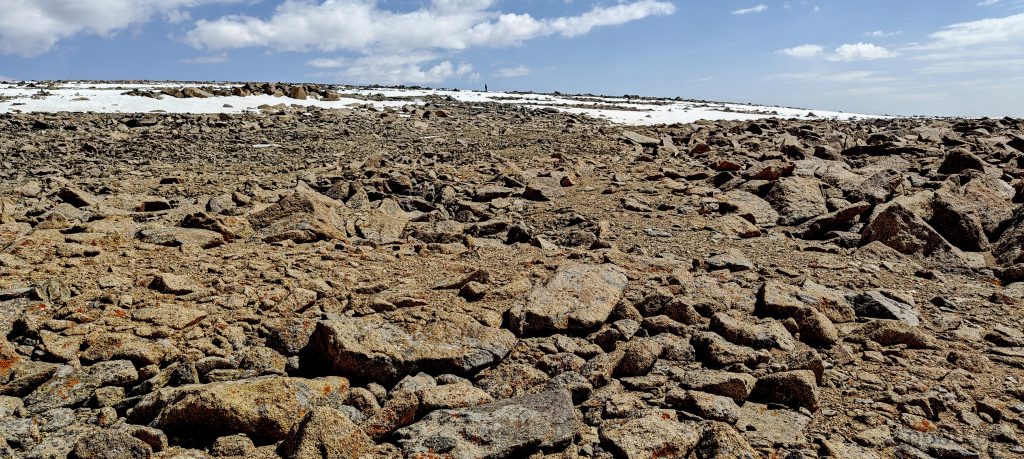
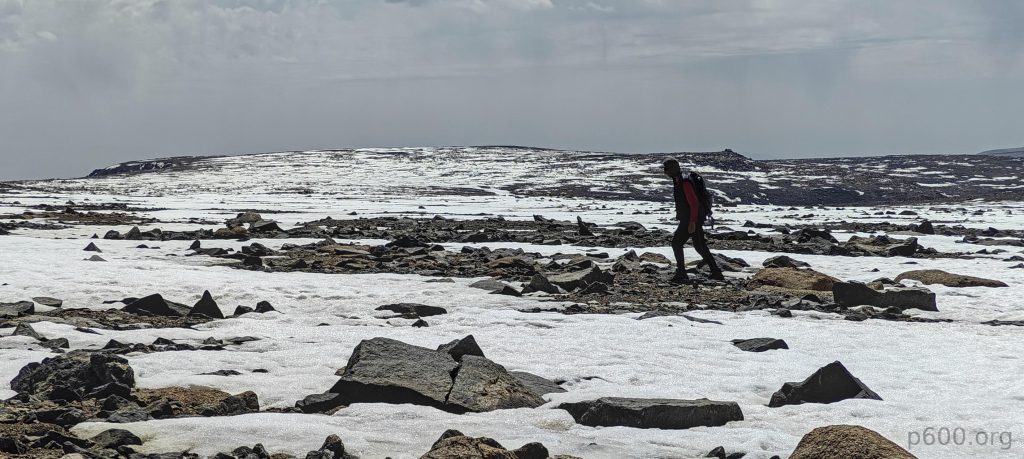
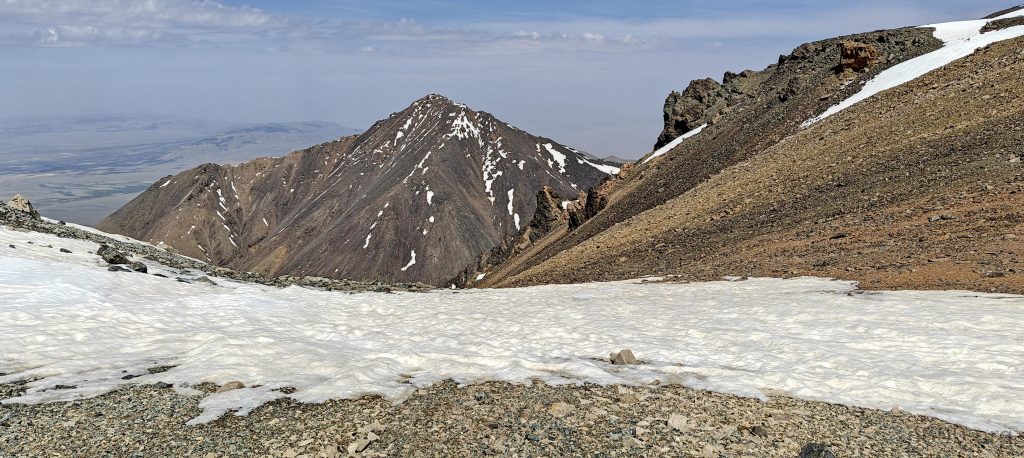
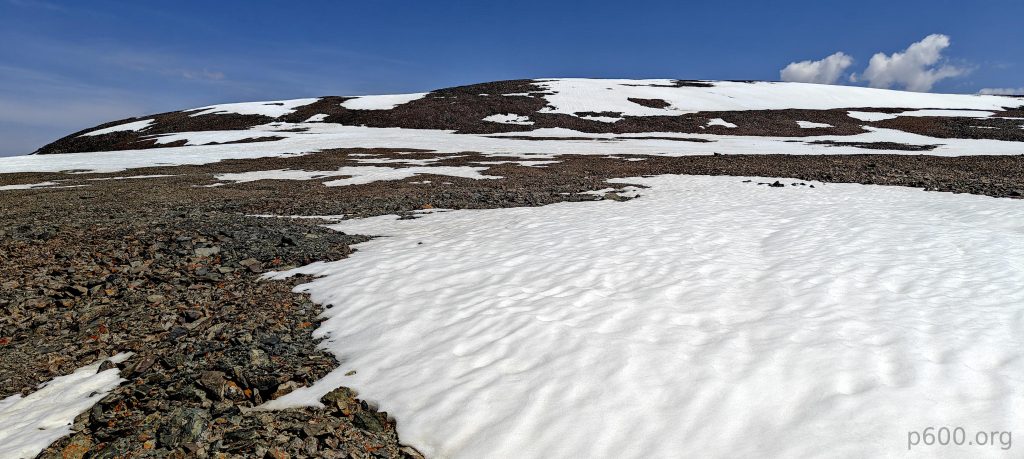
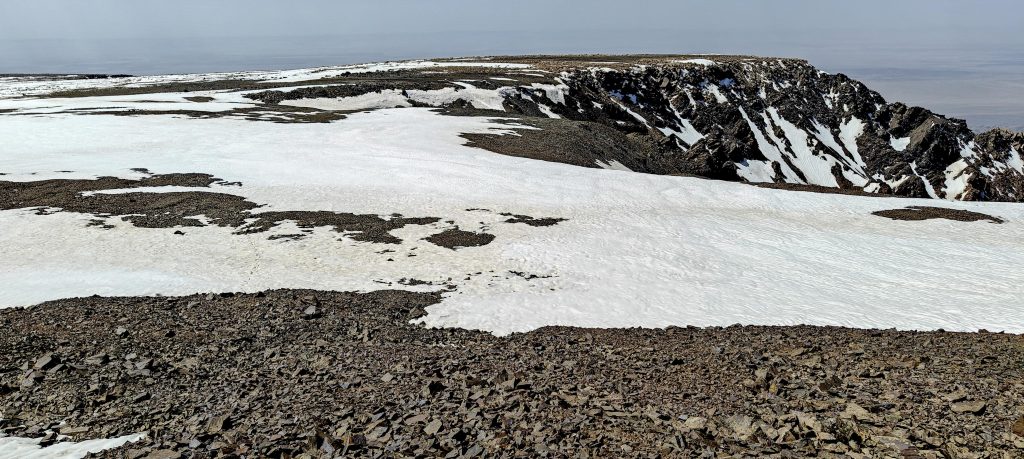
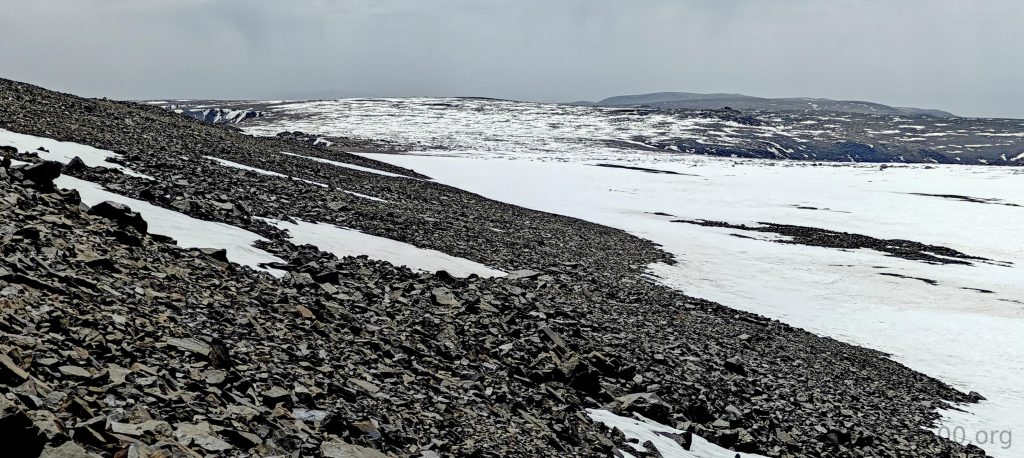
Mongolian summits, with their characteristic cairns and blue markers, offer a brief respite before we contemplate our descent. The adjacent ridge, observed during our ascent through the boulders, beckons with the allure of the unknown. Yielding to curiosity, we opt for the scenic, albeit longer, return via ridge number two, its softer challenges a welcome change from our earlier trials.
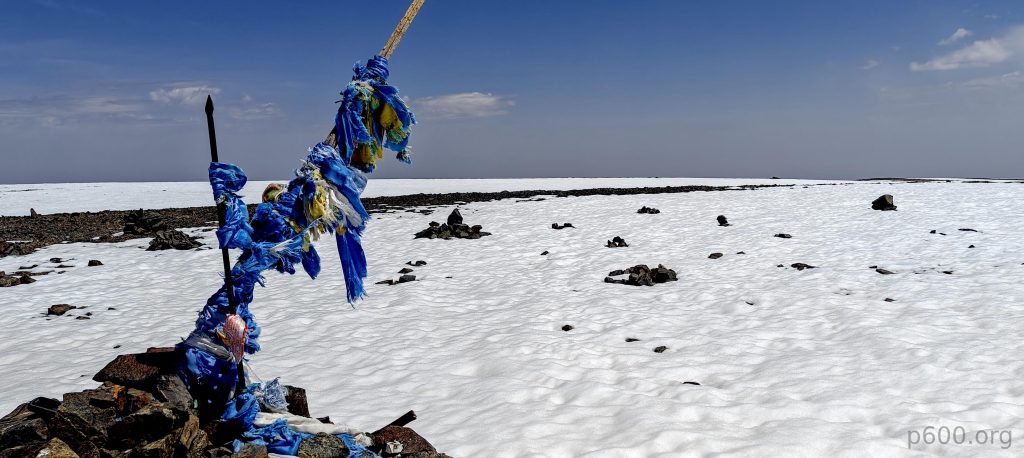
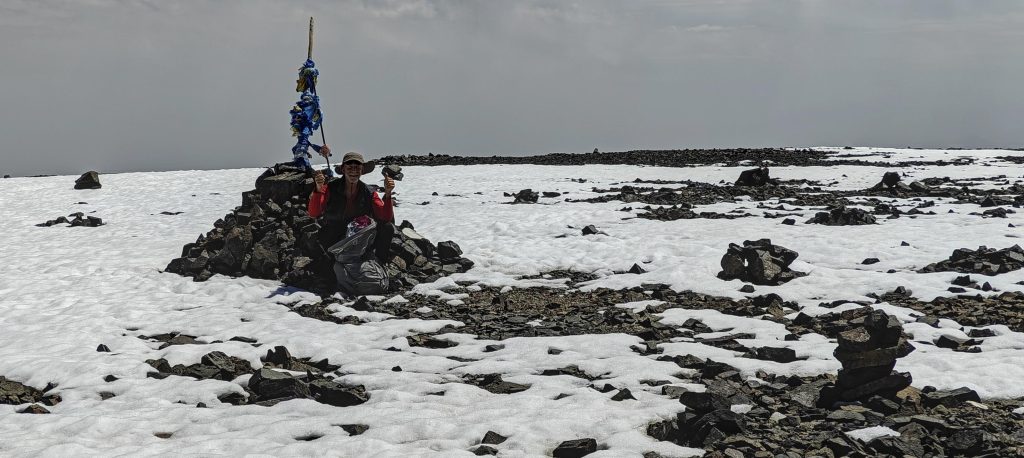
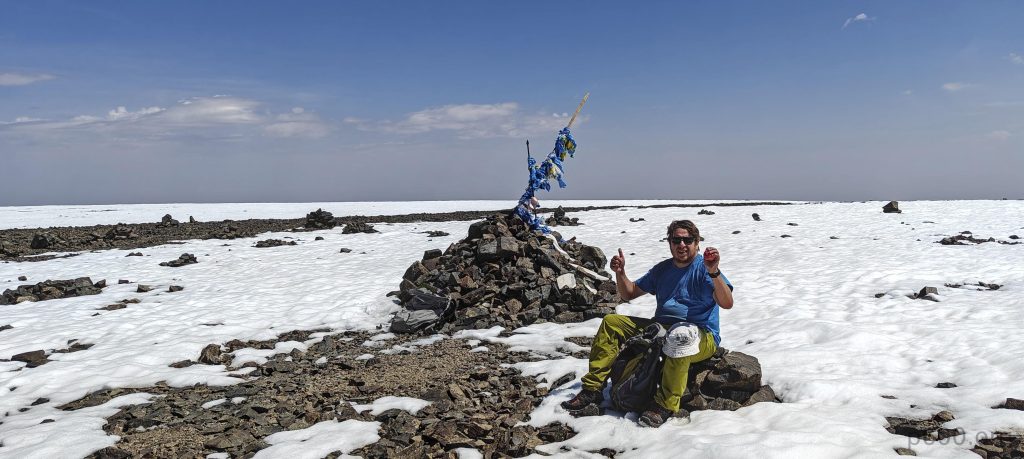
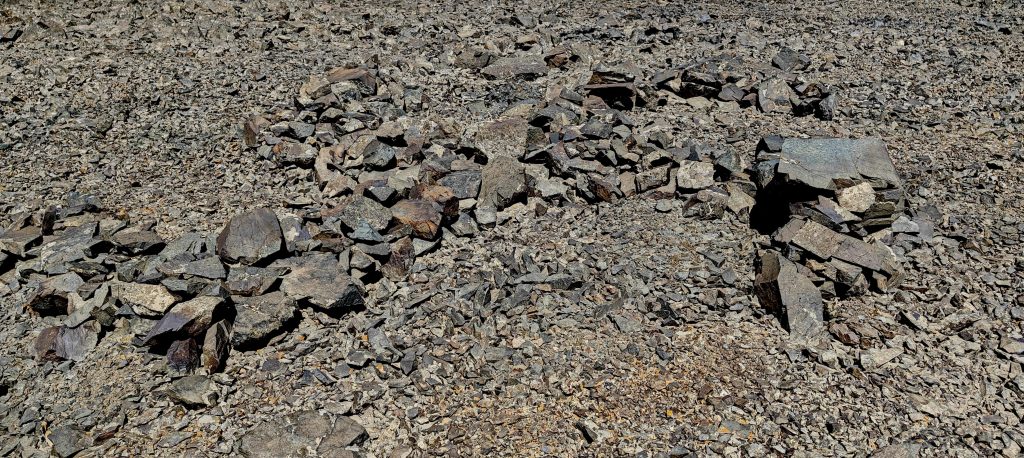
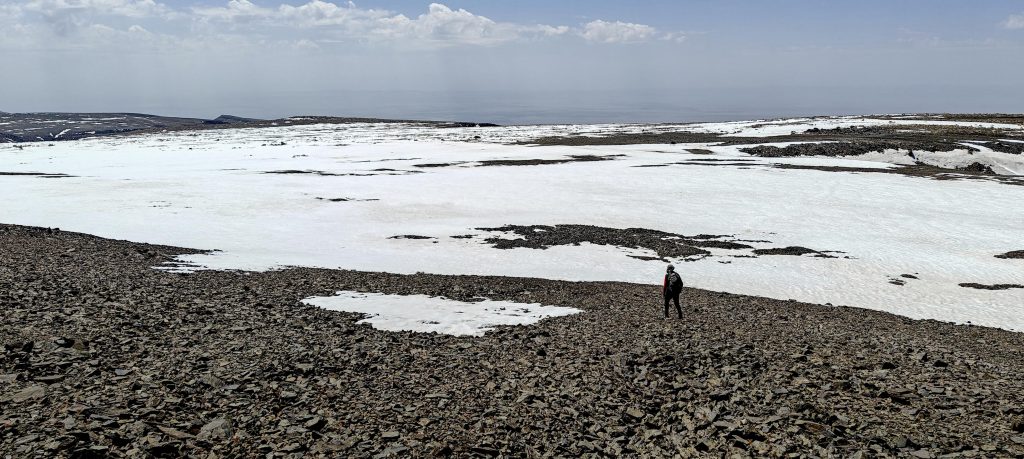
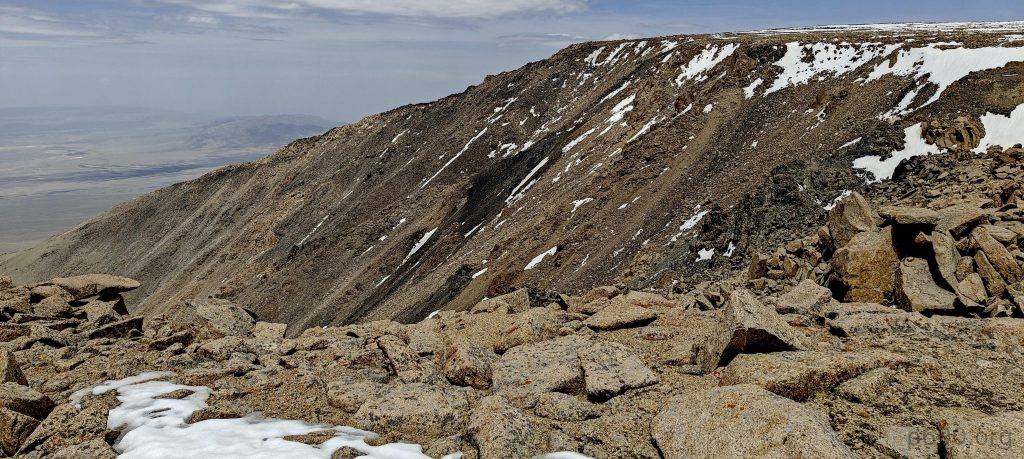
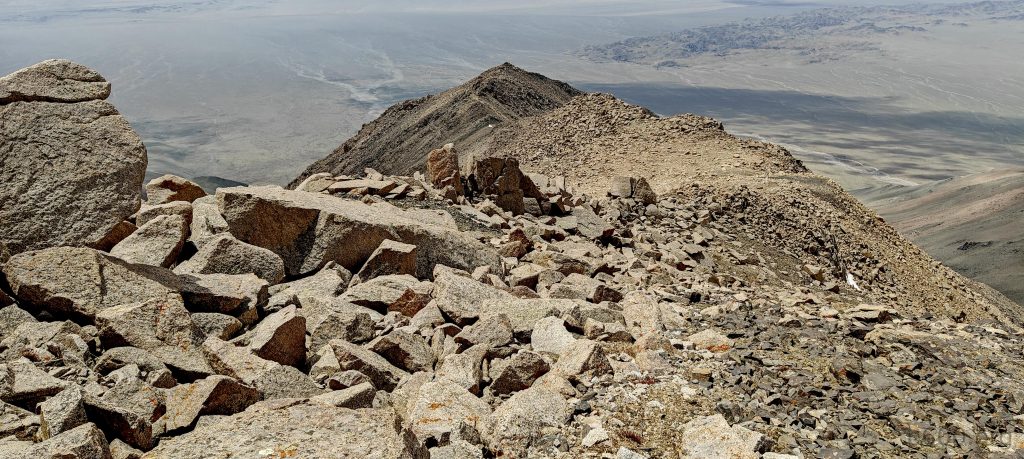
This alternate route, while lengthier, proves less demanding, allowing for a quicker descent peppered with short breaks, guiding us back towards our starting point with renewed speed.
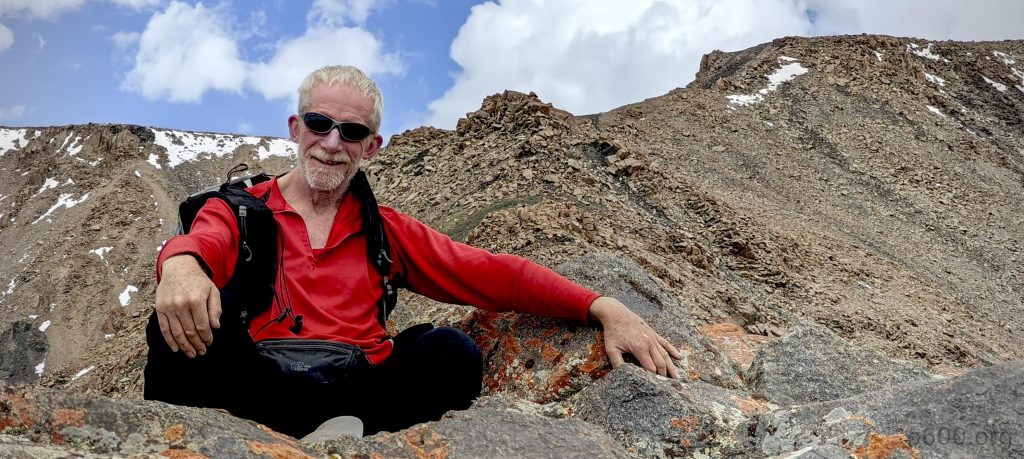
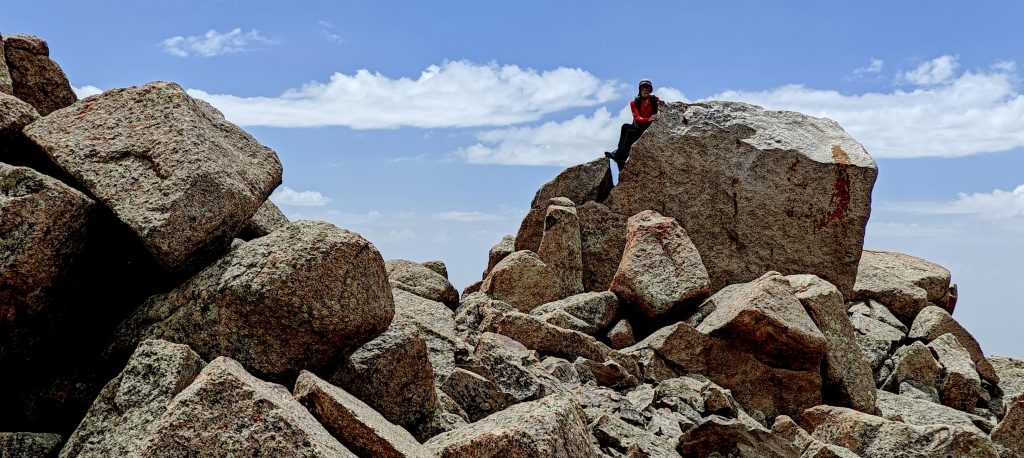
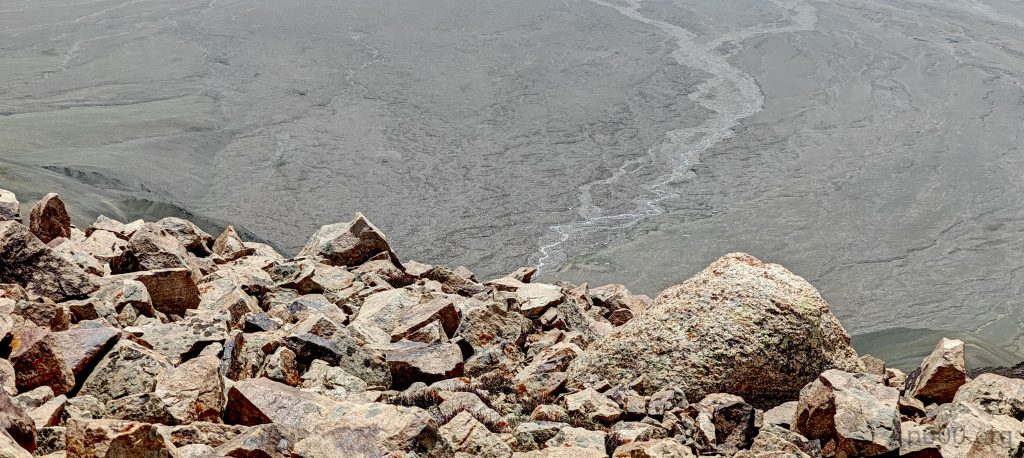
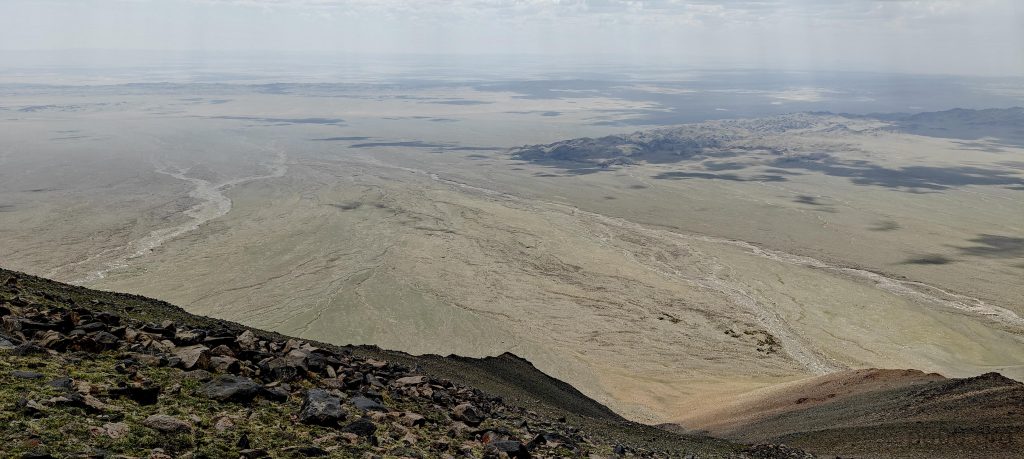
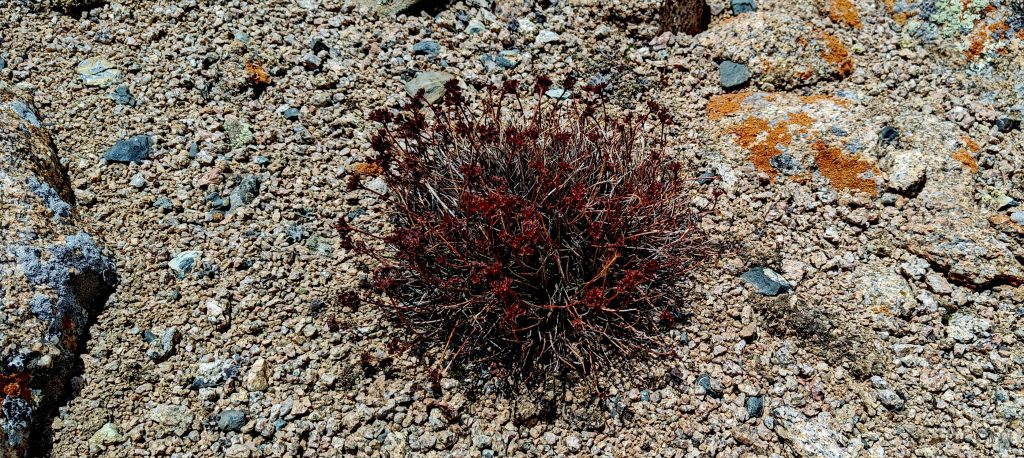
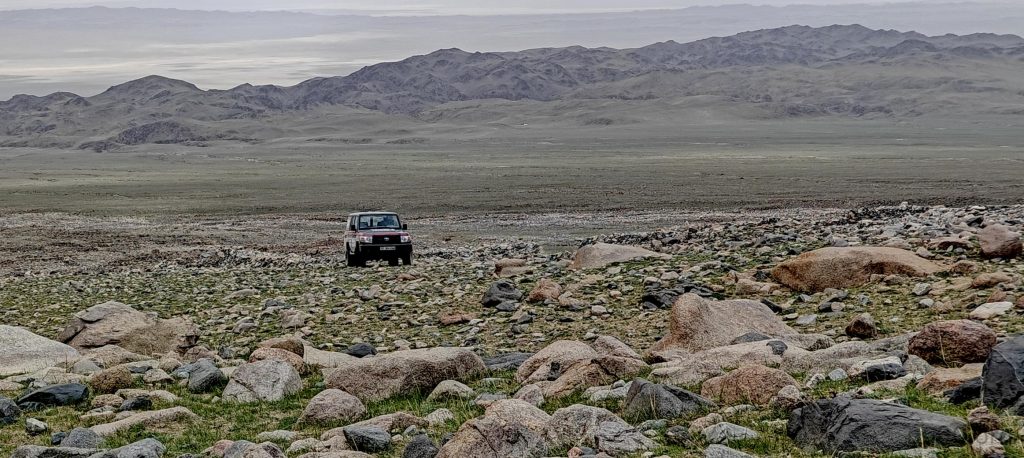
Summiting this third ultra-peak injects us with a potent mix of confidence and ambition, leaving me to muse on the chicken-or-egg conundrum of confidence versus belief. Such philosophical musings accompany us as we set our sights on the next challenge: Hasgat Khairkhan Uul, with spirits undiminished and eyes firmly on the peaks ahead.
